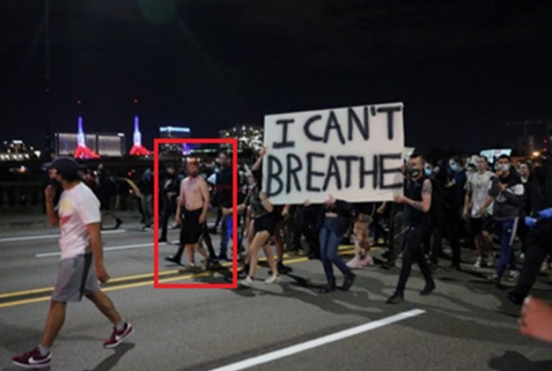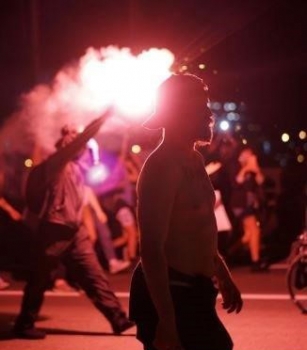-
-
-
-
- Harris, the daughter of immigrants from Jamaica and India.
- Harris said she believed women who accused Biden of inappropriate touching.’I believe them, and I respect them being able to tell their story and having the courage to do it’.

- Harris was the designated pit bull to attack Brett Kavanaugh in his confirmation hearing. At one point when he was holding a worn copy of the Constitution that he kept in his coat pocket, she referred to it as THAT BOOK showing her disdain for his fidelity to the Constitution. Read more here.
- As both a district attorney and state attorney general, Harris pushed for a new statewide law that lets prosecutors charge parents with misdemeanors if their children are chronically truant.
- Harris strongly supports “familial DNA searching,ˮ in which police take DNA samples from crime scenes and compare them to existing databases to look for not just any direct matches in criminal databases, but any familial matches.
- In her first speech on the Senate floor, Harris declared, “An undocumented immigrant is not a criminal.” She later avowed the belief that illegal immigration is “a civil violation, not a crime.”
- In October 2017, Harris declared that she would rather shut down the government than vote for a spending bill that did not address the Deferred Action for Childhood Arrivals program and ensure those covered by the program would not be deported. “I will not vote for an end-of-year spending bill until we are clear about what we are going to do to protect and take care of our DACA young people in this country,” she said. And she has kept her word, at least so far. More details here from NR.
- Harris did not protect the Catholic Daughters of Charity Health System but rather finessed the sale as a favor to SEIU.
- Harris says Americans need to be “educated about the effect of our eating habits on our environment,” and says she would change the dietary guidelines to reduce the amount of red meat you can eat.
- Harris will push Congress to provide monthly economic impact payments to qualifying Americans that are recurring.
- Harris and her Senate colleagues pushed for the inclusion of a provision that would cancel at least $10,000 of student debt for all borrowers.
- Harris insisted that the 2017 tax reform law must be repealed in its entirety.
- Harris has a long record of action on climate change including investigating Exxon Mobil XOM in 2016, voting against repeals of methane emissions, and sponsoring the resolution of disapproval for the 2019 rollbacks on power plant carbon pollution limits.
- Her plan, by 2045 we will have basically zero emission vehicles only,” but her climate plan calls for 100% of vehicles as soon as 2035.
- She lied about smoking pot listening to Snoop and Tupac.
-
-
-
Her sister Maya is a lawyer, public policy advocate, and television commentator. She is a political analyst for MSNBC and in 2015 was appointed as one of three senior policy advisors to lead the development of an agenda for Hillary Clinton’s 2016 presidential campaign. She was formerly a senior fellow at the Center for American Progress. From 2008 until she took her current position, she was Vice President for Democracy, Rights and Justice at the Ford Foundation. Prior to joining the Ford Foundation, she served as the Executive Director of the American Civil Liberties Union (ACLU) of Northern California. Swampy huh? Oh and Maya is married to Tony West. West previously served as the Associate Attorney General of the United States, the third highest-ranking official in the United States Department of Justice; and Assistant Attorney General of the Civil Division, the largest litigating division in the Department of Justice.













%2FGettyImages-655087400-6f22e6769bdb426d9fe539887b4d2f10.jpg&f=1&nofb=1)





